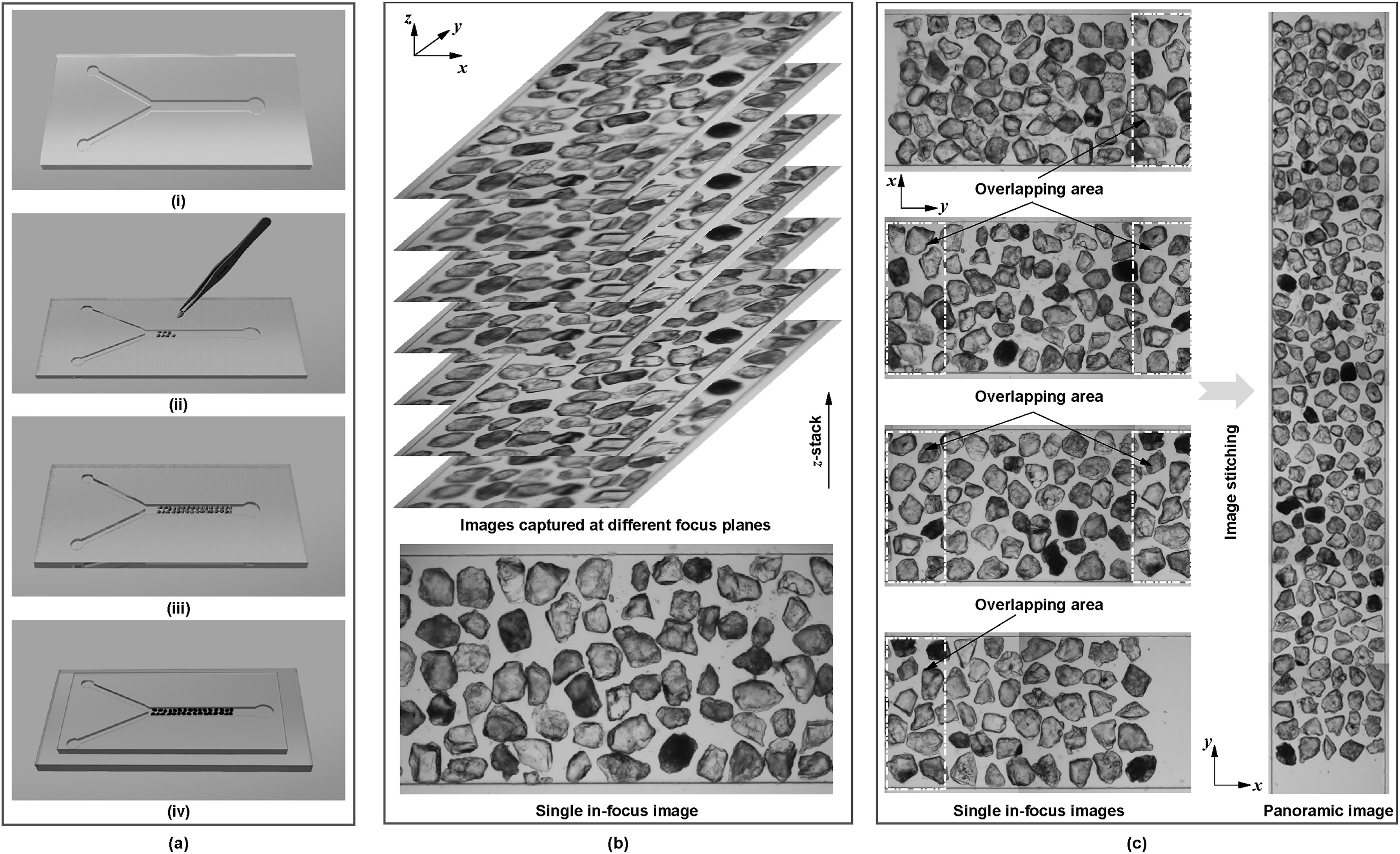JRMGE / Vol 16 / Issue 2
Biomineralization and mineralization using microfluidics: A comparison study
Yang Xiao, Xiang He, Guoliang Ma, Chang Zhao, Jian Chu, Hanlong Liu
Show More
a Key Laboratory of New Technology for Construction of Cities in Mountain Area, Chongqing University, Chongqing, 400045, China
b State Key Laboratory of Coal Mine Disaster Dynamics and Control, Chongqing University, Chongqing, 400045, China
c School of Civil Engineering, Chongqing University, Chongqing, 400045, China
d School of Civil and Environmental Engineering, Nanyang Technological University, Singapore
2024, 16(2): 661-669. doi:10.1016/j.jrmge.2023.03.019
Received: 2022-11-26 / Revised: 2023-02-05 / Accepted: 2023-03-12 / Available online: 2023-07-17
2024, 16(2): 661-669.
doi:10.1016/j.jrmge.2023.03.019
Received: 2022-11-26
Revised: 2023-02-05
Accepted: 2023-03-12
Available online: 2023-07-17
Biomineralization through microbial process has attracted great attention in the field of geotechnical engineering due to its ability to bind granular materials, clog pores, and seal fractures. Although minerals formed by biomineralization are generally the same as that by mineralization, their mechanical behaviors show a significant discrepancy. This study aims to figure out the differences between biomineralization and mineralization processes by visualizing and tracking the formation of minerals using microfluidics. Both biomineralization and mineralization processes occurred in the Y-shaped sand-containing microchip that mimics the underground sand layers. Images from different areas in the reaction microchannel of microchips were captured to directly compare the distribution of minerals. Crystal size and numbers from different reaction times were measured to quantify the differences between biomineralization and mineralization processes in terms of crystal kinetics. Results showed that the crystals were precipitated in a faster and more uncontrollable manner in the mineralization process than that in the biomineralization process, given that those two processes presented similar precipitation stages. In addition, a more heterogeneous distribution of crystals was observed during the biomineralization process. The precipitation behaviors were further explained by the classical nucleation crystal growth theory. The present microfluidic tests could advance the understanding of biomineralization and provide new insight into the optimization of biocementation technology.
Keywords: Microbially induced carbonate precipitation (MICP), Biocementation, Crystal, Calcium carbonate, Nucleation

